Analyst: Damage to US base in Syria's al-Tanf significant but 'hushed up'
A prominent US analyst says damage from a recent attack on a controversial US military base on the Syria-Iraq border is significant, but Washington is keeping it under wraps in order to avoid an escalation.
In a post on his twitter account, Charles Lister, a senior fellow and director of the Countering Terrorism and Extremism Program at the Middle East Institute in Washington, released images of the aftermath of drone and rocket strikes at al-Tanf garrison in Syria’s Homs province.
“Judging from leaked images, the [#Iran] drone & rocket attack on al-Tanf in SE #Syria (home to US troops) on Weds night was quite significant,” he said, baselessly accusing Iran of involvement.
“DOD confirmed the attack, but has provided no other info -- clearly being hushed up, to avoid hype/escalation,” he added, referring to the US Department of Defense.
Judging from leaked images, the [#Iran] drone & rocket attack on al-Tanf in SE #Syria (home to U.S. troops) on Weds night was quite significant.
— Charles Lister (@Charles_Lister) October 22, 2021
DOD confirmed the attack, but has provided no other info -- clearly being hushed up, to avoid hype/escalation. pic.twitter.com/AAanM7S1tc
On Wednesday, the al-Tanf base came under a coordinated attack, involving unknown drones and rockets, but American officials said there were no injuries or deaths.
The United States Central Command (CENTCOM) confirmed the incident in a statement, describing it as "a deliberate and coordinated attack.”
"All US personnel have been accounted for," the statement read. "We maintain the inherent right of self-defense and will respond at a time and place of our choosing.”
US and coalition forces are based in al-Tanf to train anti-Damascus militants.
The military base lies close to an intersection between Syria’s, Jordan’s and Iraq’s borders.
It is the only US military base not located in the areas held by Kurdish militants in the Arab country, which has been used to attack anti-terror fighters in Syria and Iraq in the past.
Washington has unilaterally declared a 55-kilometer “de-confliction zone” around the facility, and frequently threatened to target Syrian forces within the area.
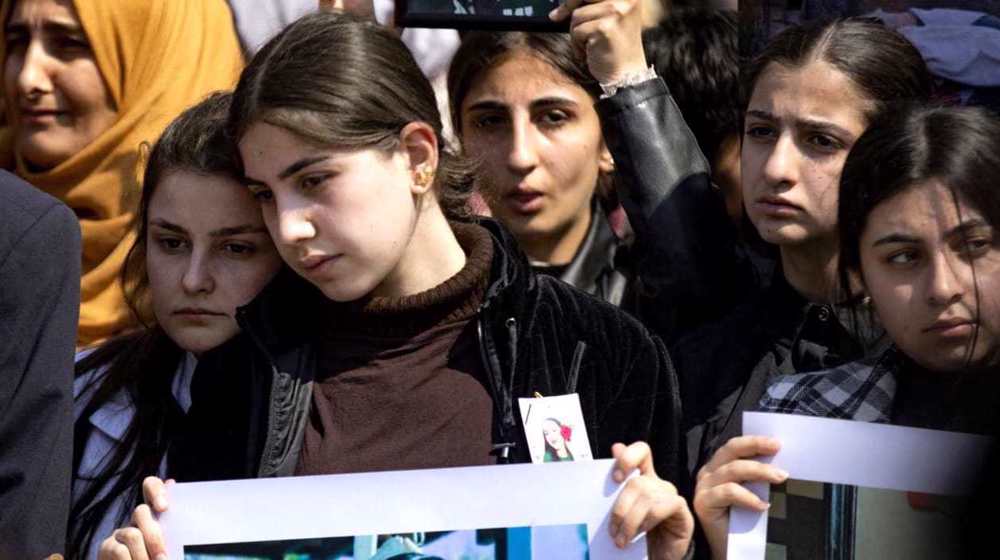
Syrian militants enslaving Alawite women in Idlib governorate: Report
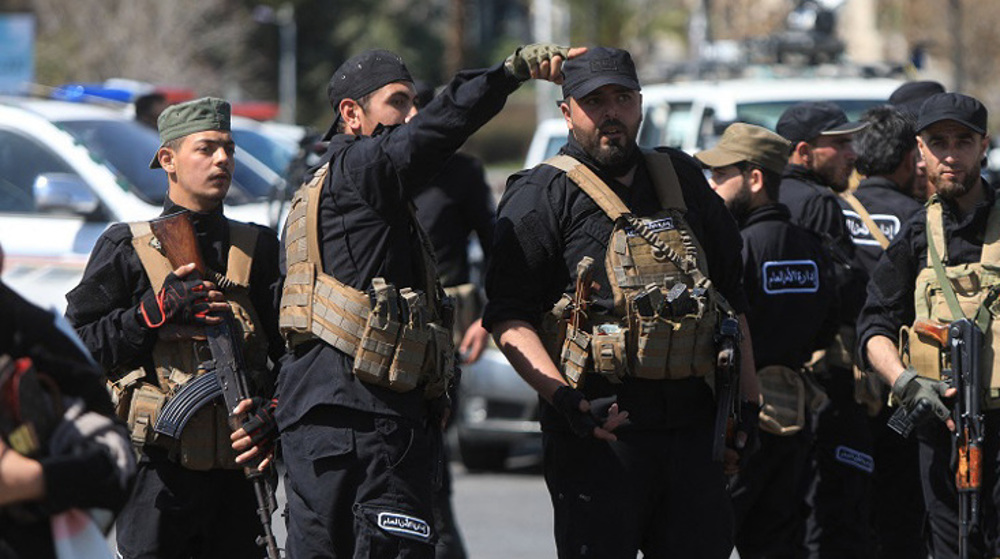
Syria's HTS arrests PIJ officials after US ties sanctions relief to ban on Palestinian groups
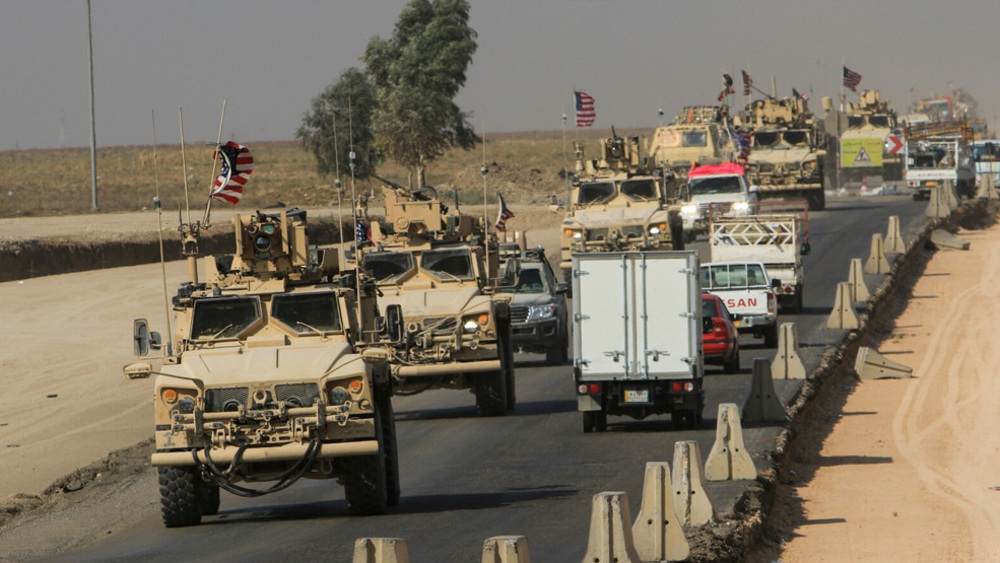
US arms convoys enter Iraqi Ain al-Asad base from Syria: Report
Over 100 rabbis, cantors slam Trump for pro-Palestine campus crackdown
Nearly 30 Palestinians killed in fresh Israeli strikes on Gaza
VIDEO | Press TV's news headlines
FBI, local police raid homes of pro-Palestine activists in Michigan
Trump ratings low amid US economic turmoil
VIDEO | Trump tariffs: A wrecking ball!
Israel deprives Gazans of basic needs for ‘survival’: UN
South Africa has no choice but to support resistance against Israel's genocide in Gaza



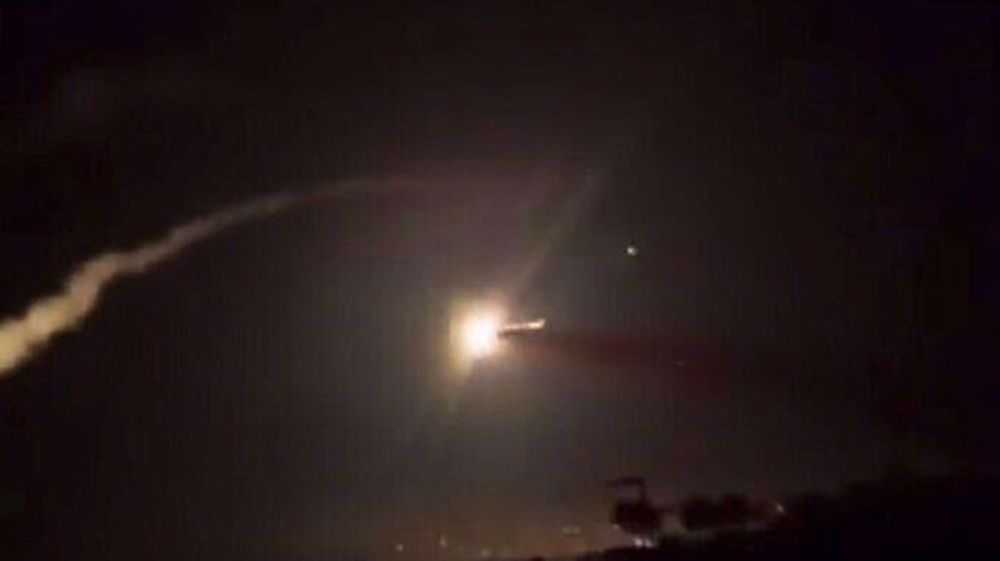



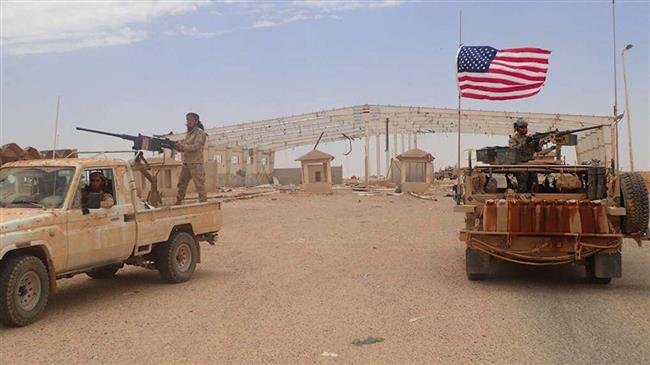
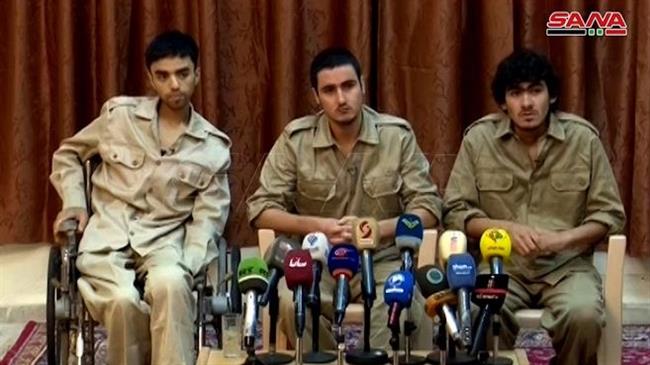
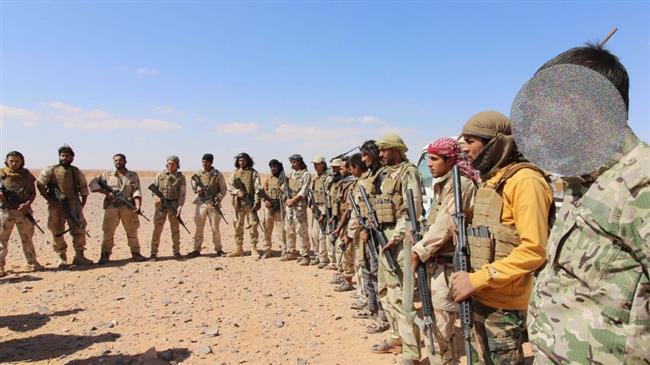
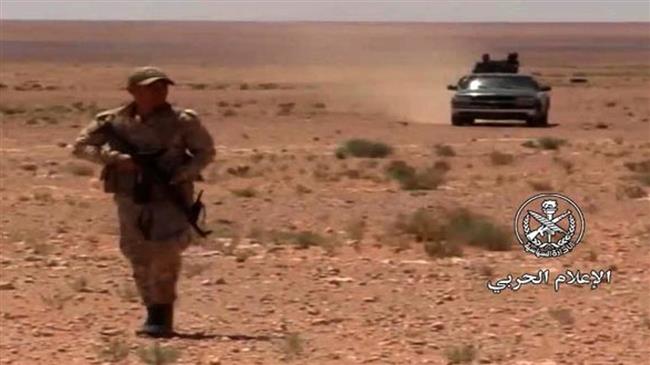
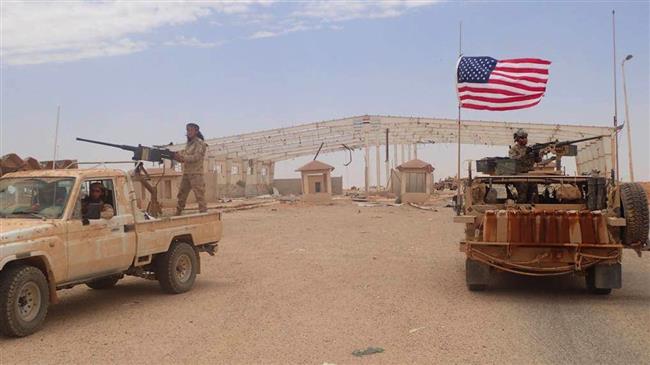

 This makes it easy to access the Press TV website
This makes it easy to access the Press TV website